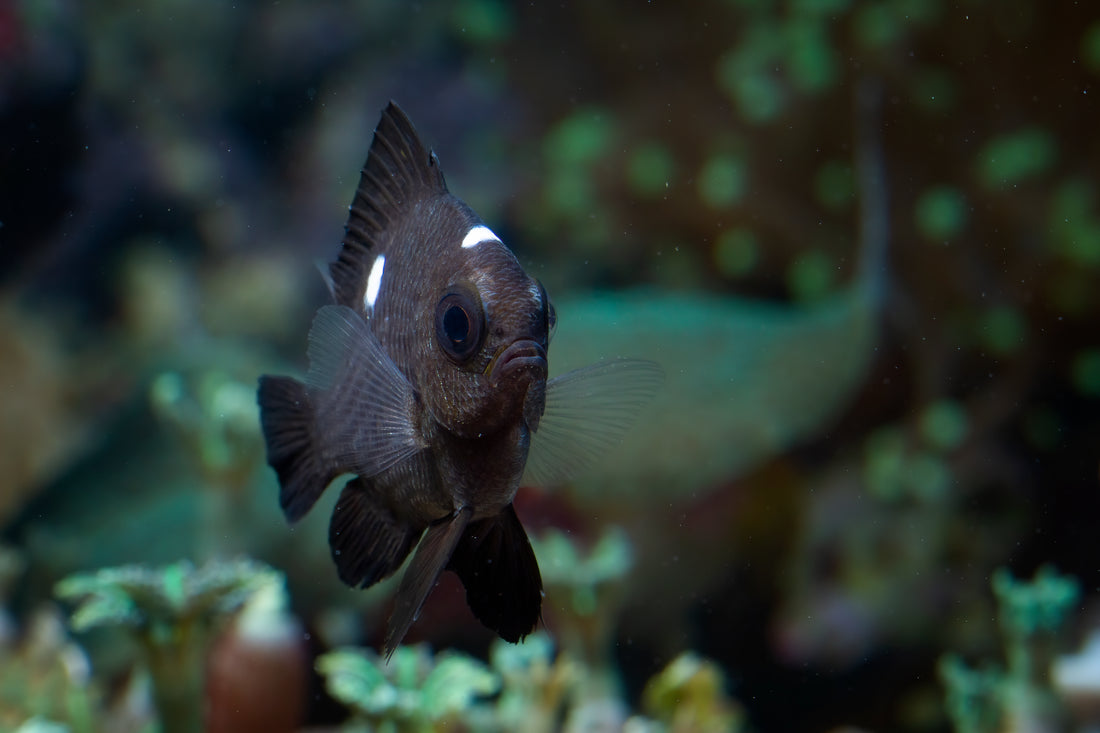
Devil’s Hole Pupfish - A Comprehensive Care Guide
The Devil's Hole pupfish is a severely endangered species of fish found in Devil's Hole, Nevada, USA. While not present in India, understanding the water quality requirements for Devil's Hole pupfish provides important insights into the conservation and management of endangered aquatic species around the world. In this article, we'll look at the most important water quality factors and care techniques for Devil's Hole pupfish in captivity.
Temperature
Due to their very specialised habitat, Devil's Hole pupfish have evolved to flourish in a small temperature range. The water temperature of Devil's Hole is rather stable year-round, ranging from 32 to 33.5 degrees Celsius (90 to 92 degrees Fahrenheit). Maintaining a consistent water temperature is critical for the health and well-being of Devil's Hole pupfish in captivity since changes outside their ideal range can stress or even damage them.
pH level
Water's pH level, which indicates its acidity or alkalinity, can have a substantial impact on the health of aquatic species. Devil's Hole pupfish have adapted to the very alkaline environment of Devil's Hole, where the pH range frequently exceeds 9.0. To ensure the Devil's Hole pupfish's health in captivity, these alkaline conditions must be replicated. Monitoring and maintaining a consistent pH level within the species' optimum range is vital for their health and survival.
Dissolved Oxygen
Dissolved oxygen is required for the respiration and survival of aquatic species, including Devil's Hole pupfish. Devil's Hole pupfish prefer shallow water with high quantities of dissolved oxygen. Maintaining proper dissolved oxygen levels in captivity is critical for meeting the metabolic needs of Devil's Hole pupfish and avoiding oxygen deprivation, which can be lethal.
Water hardness
Water hardness is defined as the concentration of dissolved minerals, primarily calcium and magnesium ions, in the water. Devil's Hole pupfish are adapted to hard water conditions, which can surpass 1000 ppm (parts per million) in their natural habitat. Replicating these hard water conditions in captivity is critical for the health and well-being of Devil's Hole pupfish. To ensure that the fish have the best possible conditions, water hardness must be monitored and appropriate mineral supplementation administered.
Water Quality Monitoring and Maintenance
Regular monitoring and management of water quality parameters are required to ensure ideal circumstances for Devil's Hole pupfish in captivity. This includes regularly checking water temperature, pH level, dissolved oxygen, and water hardness to ensure that they remain within the species' optimum parameters. Furthermore, making frequent water changes, cleaning filtration systems, and removing any collected waste or debris from the aquarium are also necessary maintenance measures to ensure water quality and the health of Devil's Hole pupfish.
How do Devil’s Hole pupfish survive?
The health and well-being of Devil's Hole pupfish in captivity depend on maintaining appropriate water quality conditions. While not native to India, this severely endangered species serves as a reminder of the necessity of water quality management in the global protection of endangered aquatic species. Aquarists and conservationists can help to maintain and safeguard Devil's Hole pupfish for future generations by learning about and mimicking its water quality requirements.
At Intan, we are here to provide you with premium fish feed. Our feed is tailored to meet the specific needs of each species. Every feed can spark positive change and create a future promoting quality, resilience, and well-being. We aim to serve the needs of hobbyists and breeders for the best quality of each species’ unique requirements. To know more about us, check out our Instagram page or find us at our nearest out spot.
We are not just a brand; we are stewards of the underwater world. We believe in the well-being of our friends and their mental health. Understanding and addressing the stressors that affect fish is not just a concept for us, it's a commitment. Through our dedication to research and innovative products, we aim to ensure that fish everywhere can lead happier, healthier lives.
